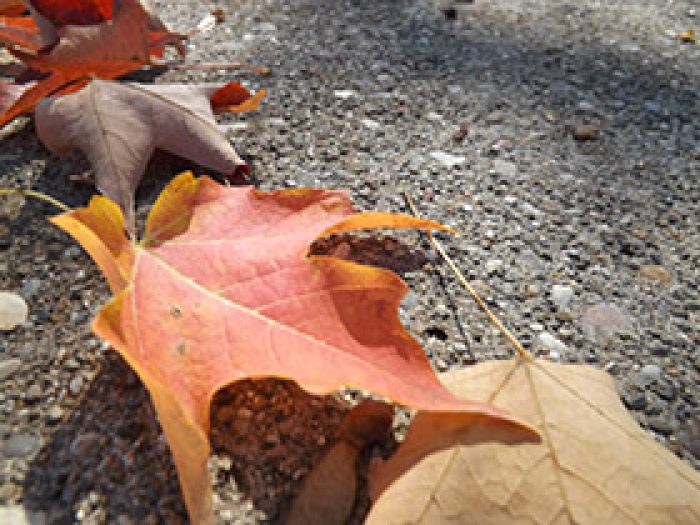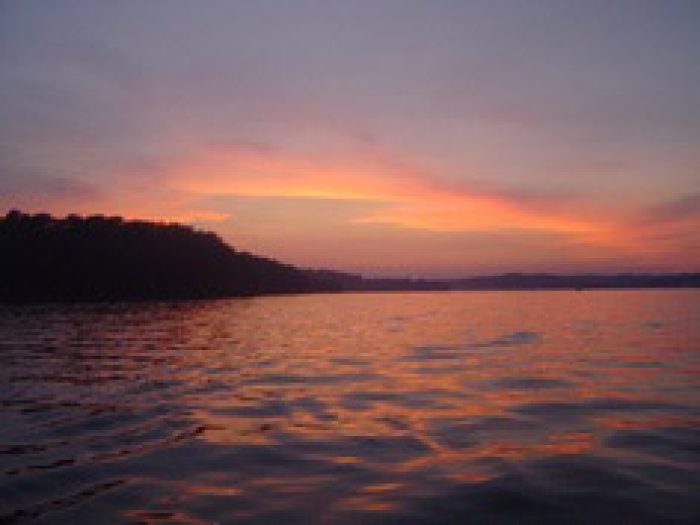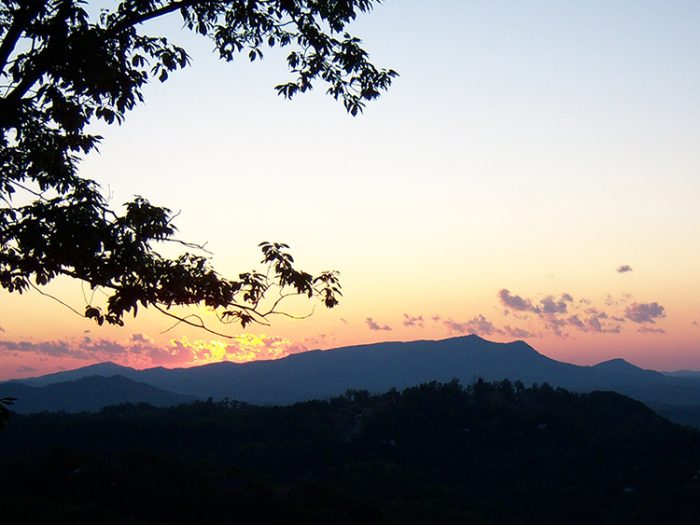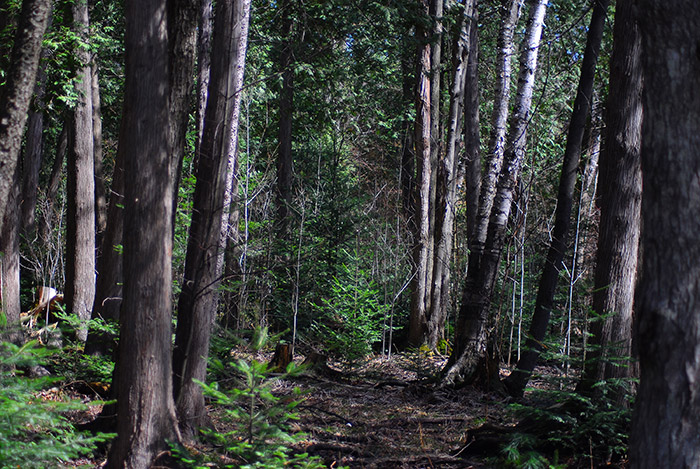 Are you a nature lover? A Pigeon Forge cabin vacation in the Smoky Mountains is perfect for the traveller who wants to experience natural beauty and abundant ecosystems. The Great Smoky Mountains are nearly 800 square miles of forests, all with beautiful trees.
Are you a nature lover? A Pigeon Forge cabin vacation in the Smoky Mountains is perfect for the traveller who wants to experience natural beauty and abundant ecosystems. The Great Smoky Mountains are nearly 800 square miles of forests, all with beautiful trees.
The Great Smoky Mountains National Park which spans North Carolina and Tennessee are often referrer to as a naturalist's paradise. In addition to tons of Smoky Mountain wildlife, this label fits the region due to the wide variety of Smoky Mountain trees that grow in the more than 5,000 vertical feet of long rolling mountains and deep indented valleys. Overall, the Smoky Mountain region has nearly 150 kinds of trees and shrubs, so the botanical diversity here is really impressive. Additionally, the Great Smoky Mountains National Park holds within it several different ecosystems ranging from high-altitude spruce-fir forests to hemlock lined cascading streams.
You can experience this beauty for yourself with a vacation in a secluded cabin in Pigeon Forge or a day trip to the Great Smoky Mountains National Park! So, head out from your Smoky Mountain cabin retreat and see all the plant life the Smoky Mountains has to offer.
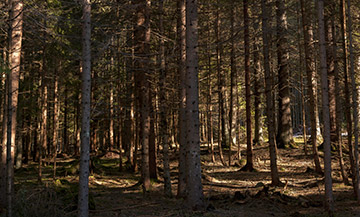 Smoky Mountain Trees: Spruce-Fir Belt
Smoky Mountain Trees: Spruce-Fir Belt
Fun Fact: While the Great Smoky Mountains rise to a staggering height of more than 6,000 feet, none of the mountain tops can actually be considered above timberline (with the exception of a few balds on summits that were the result of past forest fires). High up on the peaks of the Smoky Mountains visitors will find a climate that's closer to Canada than East Tennessee. A thick mantle of red spruce, Frasier fir (though this species has been primarily been depleted), yellow birch, mountain maple, mountain-ash and blueberrries cover the peaks, resembling conifer forests found in the far north of the United States and in Canada.
Smoky Mountain Trees: Northern Hardwood Forest
Further down from the conifer forest grow hardwoods that you might expect to find in Maine, not Tennessee. The Smoky Mountain trees located on this level of the forest include the American beech and yellow birch. Other species such as the sugar maple, buckeye, and wild cherry occur less frequently at this level of the forest. In the spring, the Mountain laurel and the rhododendron that grow heavily in along the forest floor add beautiful splashes of color when their flowers bloom.
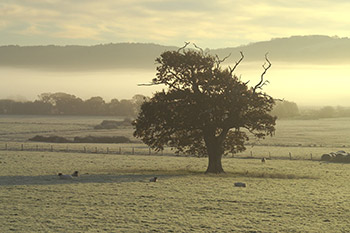 Smoky Mountain Tress: Oak-Pine Forest
Smoky Mountain Tress: Oak-Pine Forest
In slightly lower, drier elevations, these beech-birch forests give way to a forest filled with a mixture of oaks and pines. Among these trees, amateur botanists will have a field day discovering table mountain, pitch and white pine species. Mixed with pines, tree lovers will find red, scarlet, black and chestnut oaks as well as a few species of hickories, the yellow poplar, and the flowering dogwood in smaller amounts. You'll see this type of forest growing around the hills of the famous Cades Cove, and it's what lends the signature fall shades to the area.
Smoky Mountain Trees: Wet Sites
One feature that makes the Smoky Mountains so distinctive is all the small rivers, streams and waterfalls that appear in abundance throughout the landscape of the Great Smoky Mountains. This means there's an overabundance of trails where hikers can stroll next to cascading torrents mountain water. Here you'll find the eastern hemlock along streams, along with red maple, river birch, yellow poplar, and rhododendron.
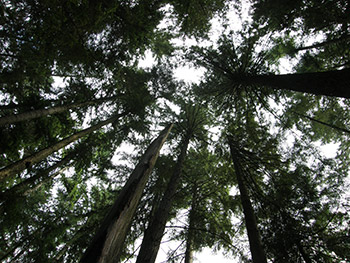 Some Additional Notes on Eastern Hemlock
Some Additional Notes on Eastern Hemlock
Called the "redwood of the east," eastern hemlocks are some of the largest and tallest trees found in the park. When left alone, these trees can grow over 150 feet tall and boast trunks measuring six feet in diameter. Over 800 acres of old-growth hemlock trees grow in the Smokies, and some of the hemlocks found in the park are over 500 years old. Younger hemlocks cover an additional 90,000 acres of land in the park. These hemlocks play an important role by providing shade across the creeks and maintaining cool micro climates critical to the survival of trout and other cold water fish and amphibian species.
Unfortunately, the Eastern Hemlock is under threat from an invasive insect - the hemlock woolly adelgid. Since 2002, this invasive species has spread rapidly through the Great Smoky Mountains National Park's forest, causing some infested trees to die. The impact of widespread loss of hemlock could trigger changes to the park even more significant than the demise of the American Chestnut in the 1930's and 40's.
The hemlock woolly adelgid feeds on the sap at the base of hemlock needles, which disrupts the nutrient flow to the leaves, causing them to eventually fall off. Without the tree's needles, the tree starves to death, usually within three to five years of the initial attack. These infestations usually start in mature trees, but can also affect younger trees in the forest as well.
Cove Forest
In the lowest valleys of the Great Smoky National Park, you'll find Smoky Mountain trees similar to the bottomlands of the American South. One of the most distinctive trees found on this level of Smoky Mountain forest is the yellow poplar. Also known as the tulip poplar, this tree often features a wide trunk with branches that begin high above the forest floor. In addition to this massive tree, nature lovers might find a yellow buckeye, red maple, basswood, sweet gum, black birch, flowering dogwood, white ash or black cherry.
Written by Brittany Tipton




